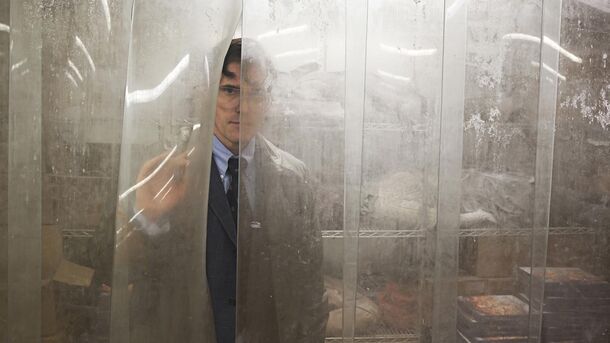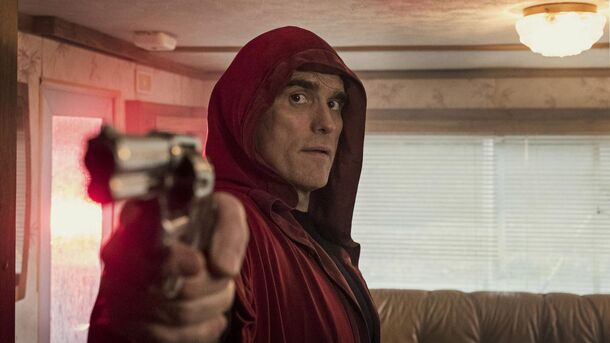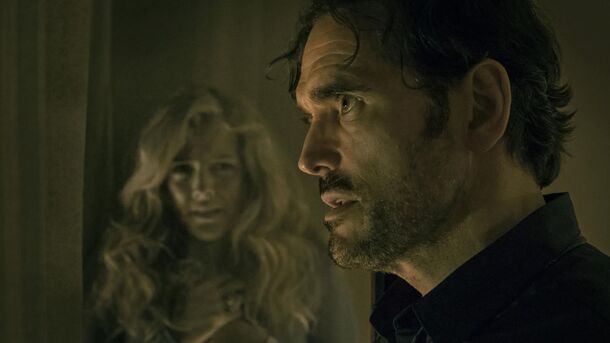4 Maniacs, Dozens of Victims: The Terrifying True Crimes That Inspired 'The House That Jack Built'

Von Trier stays true to himself, making viewers wince — but unable to look away.
At first glance, Lars von Trier’s The House That Jack Built seems like just another shocking thriller about a serial killer’s life. But dig deeper, and it becomes clear: Jack’s character is a composite of traits from real-life maniacs who terrorized America throughout the 20th century.
The Most Accurate Portrait of a Maniac in Cinema
The film shocked audiences at festivals — people literally fled the theater, unable to endure its graphic violence. But beneath the gore lies a meticulous psychological profile. Von Trier recreates the mind of a serial killer with uncanny precision, as explained by a crime psychology analysis on Pikabu.
Jack exhibits classic psychopathic traits — no empathy and an inability to truly understand others’ emotions. This is vividly shown as he rehearses facial expressions and emotions in the mirror.

His narcissism is striking: he sees himself as a great creator and constantly craves recognition. His fury toward Verge highlights his intolerance for criticism — a trait shared by killers like the Zodiac, who sent letters to newspapers, hungry for fame.
Manipulation is another key tool. Jack is a master liar who lulls his victims’ suspicions. Near the film’s end, he convinces an old friend not to call the police — only to kill him shortly after.
OCD and "Dark" Details
One chilling detail is Jack’s obsessive-compulsive disorder (OCD). Many real maniacs suffered from compulsions. Jack repeatedly returns to crime scenes to check for evidence, adding a black humor touch and showing von Trier’s deep research.

Psychology and the Macdonald Triad
Von Trier also references the famous "Macdonald triad" — three signs linked to future killers: animal cruelty, fire-setting, and bedwetting. The film shows only the first — young Jack cutting off a duckling’s leg — a scene many viewers find disturbing.
A House of Bodies and the Depression Phase
In the film’s finale, Jack builds his "house" literally from victims’ bodies. This isn’t just shocking imagery; it symbolizes the “perfect murder” that should bring satisfaction. But serial killers rarely feel fulfilled — euphoria is followed by depression. Jack, like his real-life models, realizes this too late.
Jack — A Composite Portrait
Matt Dillon’s Jack is a terrifying collage of real nightmares. For example, the scene with Riley Keough’s character echoes Ted Bundy’s method: Jack pretends to be helpless to lure his victim — just as Bundy did when abducting dozens of women.

But the similarities don’t end there. After killing, Jack makes souvenirs from human skin — a direct reference to Ed Gein, one of America’s most notorious maniacs who made lampshades, masks, and belts from corpses.
The film also directly mentions the "Iceman" killer, Richard Kuklinski, who froze bodies to hide time of death. Jack storing bodies in a fridge is a clear parallel.
In the end, Jack isn’t just a fictional monster — he’s a collage of real horrors. That’s why The House That Jack Built frightens so deeply: it’s closer to reality than we want to admit.
